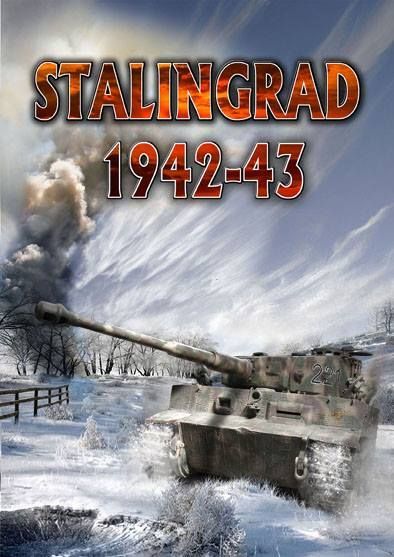Stalingrad 1942-43 (2004) Board Game
Stalingrad 1942-43 is a board game that simulates the famous Battle of Stalingrad during World War II. The game allows players to take on the roles of either the Axis or Soviet forces as they battle for control of the city of Stalingrad. Designed by Arkadiusz Wróbel and featuring artwork by Taktyka i Strategia, the game was released in 2004 and is designed for two players.
Game Components of Stalingrad Roads
How To Setup Stalingrad Roads
Setup involves deploying units according to the specific scenario, managing offensive markers, and initializing the supply and command systems. The game requires careful planning, especially for the Soviet player in managing the Stavka and offensive operations.
Gameplay Mechanics and Game Objective
– Planning offensives with major and minor markers.
– Supply management for the Stalingrad pocket.
– Leadership influence, such as the ‘Manstein effect’.
– Combat resolution using a combined attrition and tactical results table.
– Command constraints symbolized by the ‘Führer Satisfaction Track’.
Player Experience
“Stalingrad Roads” offers a deep and strategic experience, requiring players to delve into the historical specifics of the campaign. The game is designed for those who enjoy tactical and strategic planning, with a focus on the nuances of the Stalingrad winter campaign. Players must manage resources, plan offensives carefully, and navigate the complexities of supply and leadership.
Pros
Cons
Personal Thoughts on Stalingrad Roads
This game is ideal for experienced wargame enthusiasts who appreciate historical accuracy and strategic depth. It is particularly suited for those interested in the Eastern Front and the Stalingrad campaign, offering a challenging and immersive gaming experience.
—
Stalingrad ’42
For those interested in the earlier part of the Stalingrad campaign:
Game Components of Stalingrad ’42
How To Setup Stalingrad ’42
Setup involves deploying units according to the chosen scenario, initializing weather and supply phases, and preparing for the Axis or Soviet player turns.
Gameplay Mechanics and Game Objective
– Weather and supply phases.
– Movement, combat, and recovery phases.
– Blitzkrieg warfare and offensive planning rules.
– Leadership and elite unit rules.
Player Experience
“Stalingrad ’42” provides a grand strategic view of the campaign, with players making significant decisions about movement and attack directions. The game is engaging, with a growing emotional involvement in the forces and plans.
Pros
Cons
Personal Thoughts on Stalingrad ’42
This game is perfect for wargame enthusiasts who prefer a broader, more strategic approach to the Stalingrad campaign. It is suitable for those who enjoy making grand strategic decisions and are interested in the early stages of the Axis offensive.
We are supported by our audience. When you purchase through links on our site, we may earn an affiliate commission, at no extra cost for you. Learn more.

